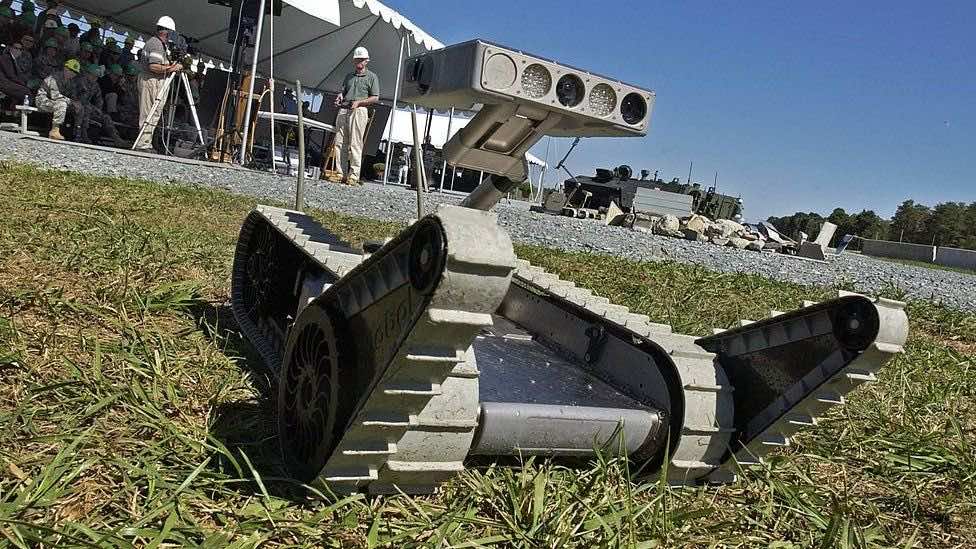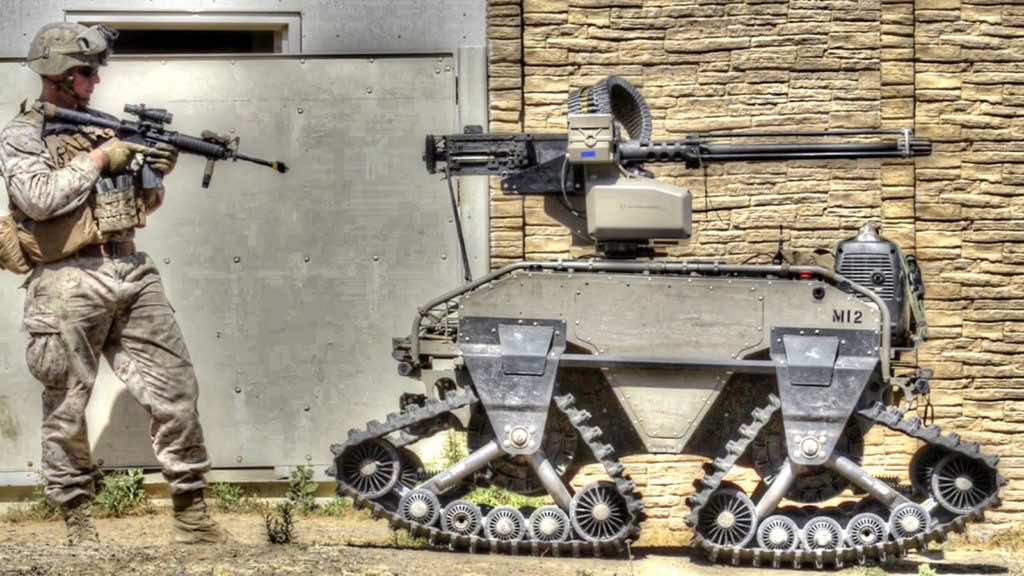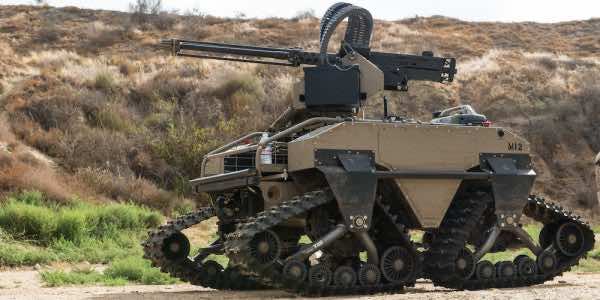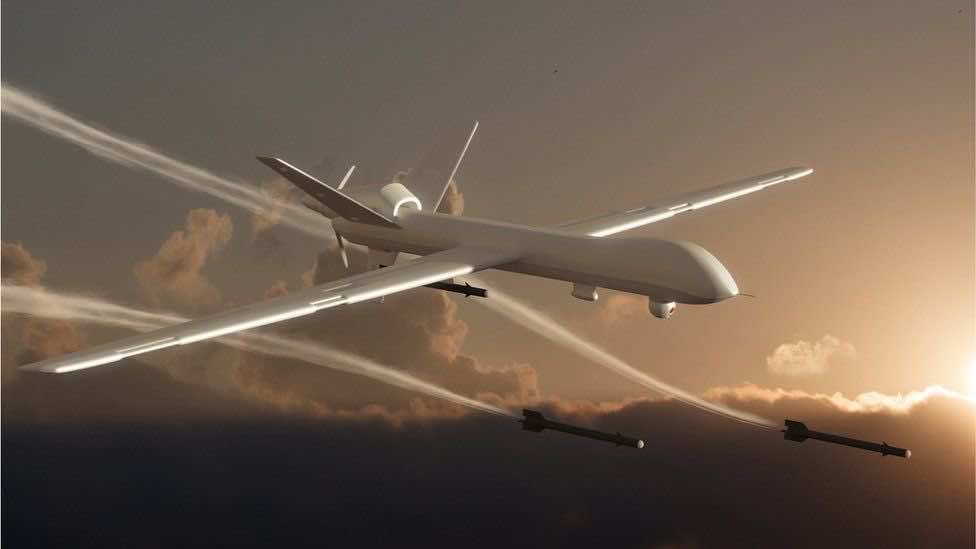A recent official report addressing the American President and Congress focuses on reconsidering calls for a global ban on AI-run weapons systems. The report suggests that Artificial Intelligence aids greatly in compressing and squeezing decision time frames. Hence to compete with other superpowers, U.S too cannot step away from AI as the future might ask for military responses that human commanders won’t be able to deliver exclusively.
The major part of it contains warnings to the decision-making authorities. It warns that Russia and China won’t abide by the U.S suggested treaty against AI-based systems. However, some contradictory viewers see the proposals as igniting another arms race. Professor Noel Sharkey from the ‘Campaign To Stop Killer Robots’ said, “This is a shocking and frightening report that could lead to the proliferation of AI weapons-making decisions about who to kill.”

A statement referring to how banning AI-run weapon systems would result in power imbalance, stated “The most senior AI scientists on the planet have warned them about the consequences, and yet they continue. This will lead to grave violations of international law.”

The report says if autonomous weapons systems are sufficiently tested and will be under the command of a human, then they should also be in line with international Humanitarian Law.’ The National Security Commission on Artificial Intelligence made the official recommendations.’
The report focuses on making strategies and ways to counter China and refrain it from becoming the leader of the world in Artificial Intelligence,’ something which Chinese agencies are expecting to take-over around 2030. Moreover, the U.S military’s higher hierarchy has warned, “U.S could lose its military-technical superiority in the coming years if China leapfrogs it by adopting AI-enabled systems more quickly – like, by using swarming drones to attack the US Navy.

A key part of the report on shifting towards AI-based command system states, “The ‘Department of Defense’ has long been hardware-oriented toward ships, planes, and tanks and is now trying to leap a software-intensive enterprise. If our forces are not equipped with AI-enabled systems guided by new concepts that exceed those of their adversaries, they will be outmatched and paralyzed by the complexity of battle.”


The report foresees AI to transform all aspects of military affairs and discusses rival algorithms that are to be contested in the coming years. The narrative ultimately directs towards warning that badly designed AI systems could enhance the possibilities of war. It states, “defending against AI-capable adversaries without employing AI is an invitation to disaster.”
Even while suggesting most of the command and control of weapons to AI-based systems, the report still holds suggestions to keep nuclear weapons under the President’s direct disposal. The report urges other nations growing rapidly in AI-based systems, such as China and Russia, to make a public statement catering to this concern that their nuclear arsenal would be under safe command.
The commission for this report commenced the reviewing work in March 2019, and the report surfaced now is their final document conclusion on a rather important matter. A policy change that could shape and affect America’s position as the world’s superpower. However, it emphasizes that it is not late for the American leadership to take the necessary steps to safeguard America’s greater interests.

The report is not all about safeguarding America’s sovereignty and maintaining its status as a superpower. It comes packed with other key proposals, “creating a new body to help the president guide the US’s wider AI policies, relaxing immigration laws to help attract talent from abroad, including an effort to increase a “brain drain” from China, creating a new university to train digitally-talented civil servants, accelerating the adoption of new technologies by the US’s intelligence agencies.” It clearly concludes by suggesting spending more on non-defense AI-related research and suggests doubling the development spending to $32 billion by 2026.


